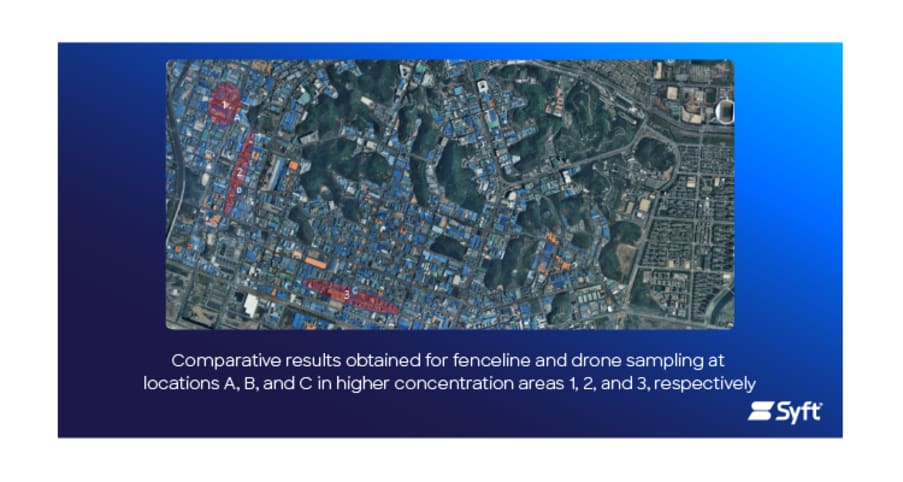
Industrial emissions significantly contribute to climate change, prompting global regulatory pressure for cleaner practices. This article discusses photonics- based gas detection, highlighting how advanced infrared sensors and emitters support emission monitoring and leak detection, enabling industries to comply with regulations and reduce their environmental impact.
Industrialization and Its Environmental Cost
Industrialization has brought global economic growth, but led to high greenhouse gas (GHG) emissions. Key industrial sectors like power generation, chemical production, and cement manufacturing emit large volumes of CO2 , CH2 , and N2 O, contributing significantly to climate change.
According to the EDGAR 2024 database and the Intergovernmental Panel on Climate Change (IPCC), direct industrial emissions amounted to approximately 11,408 million tons of CO2 equivalent (Mt CO2 e) in 2023. This represents about 21.5% of global GHG emissions, excluding land use and forestry. When indirect emissions from electricity used in industry are included, the sector's share rises to nearly 31%.[1]
Industrial emissions are often continuous and centralized, so they can accumulate rapidly and affect regional and global climate patterns. They can also cause global temperature increases, melting polar ice, and the increased frequency of extreme weather events like droughts, floods, and hurricanes. These emissions' high volume and persistence make them challenging to mitigate without systemic change.





